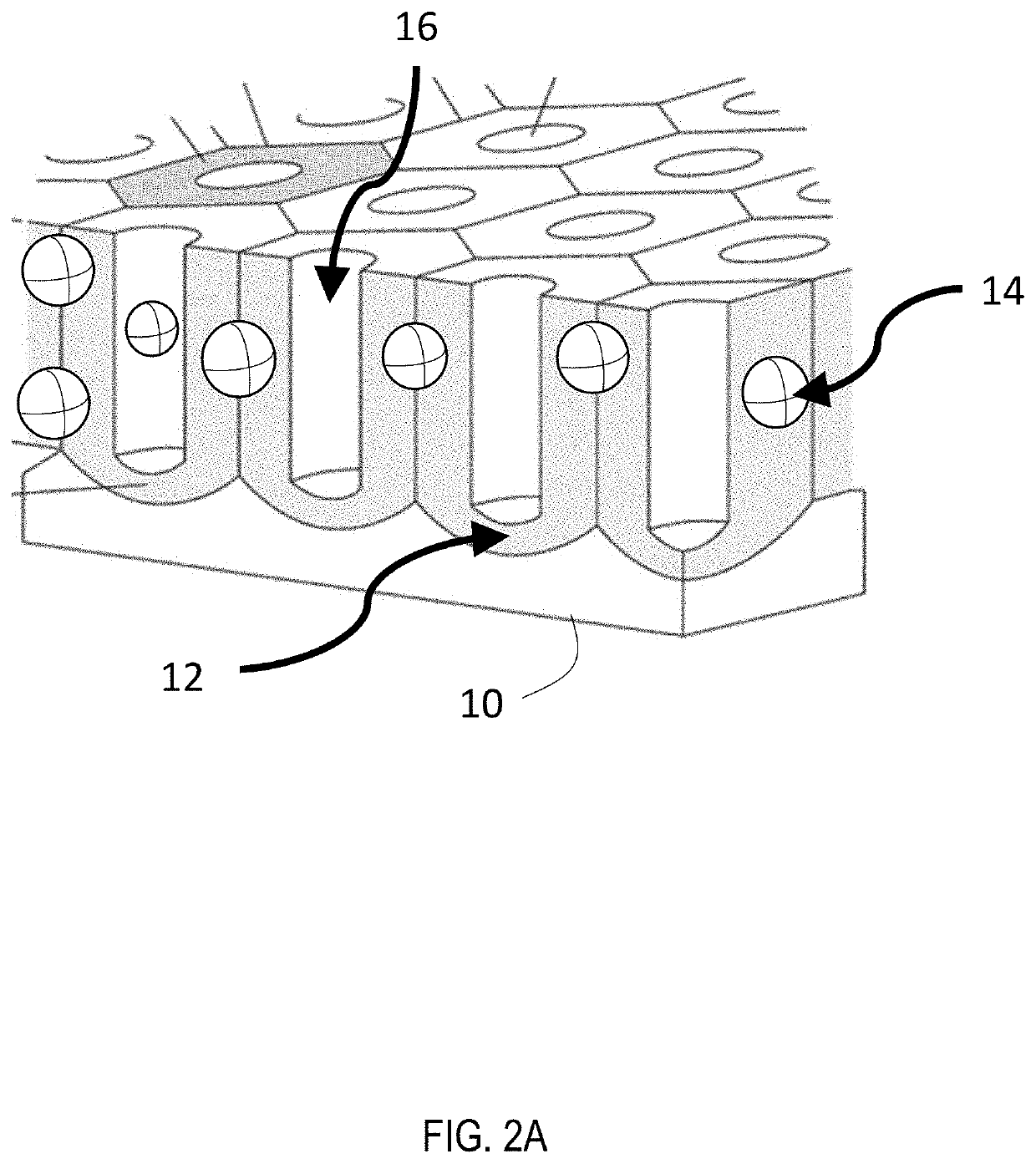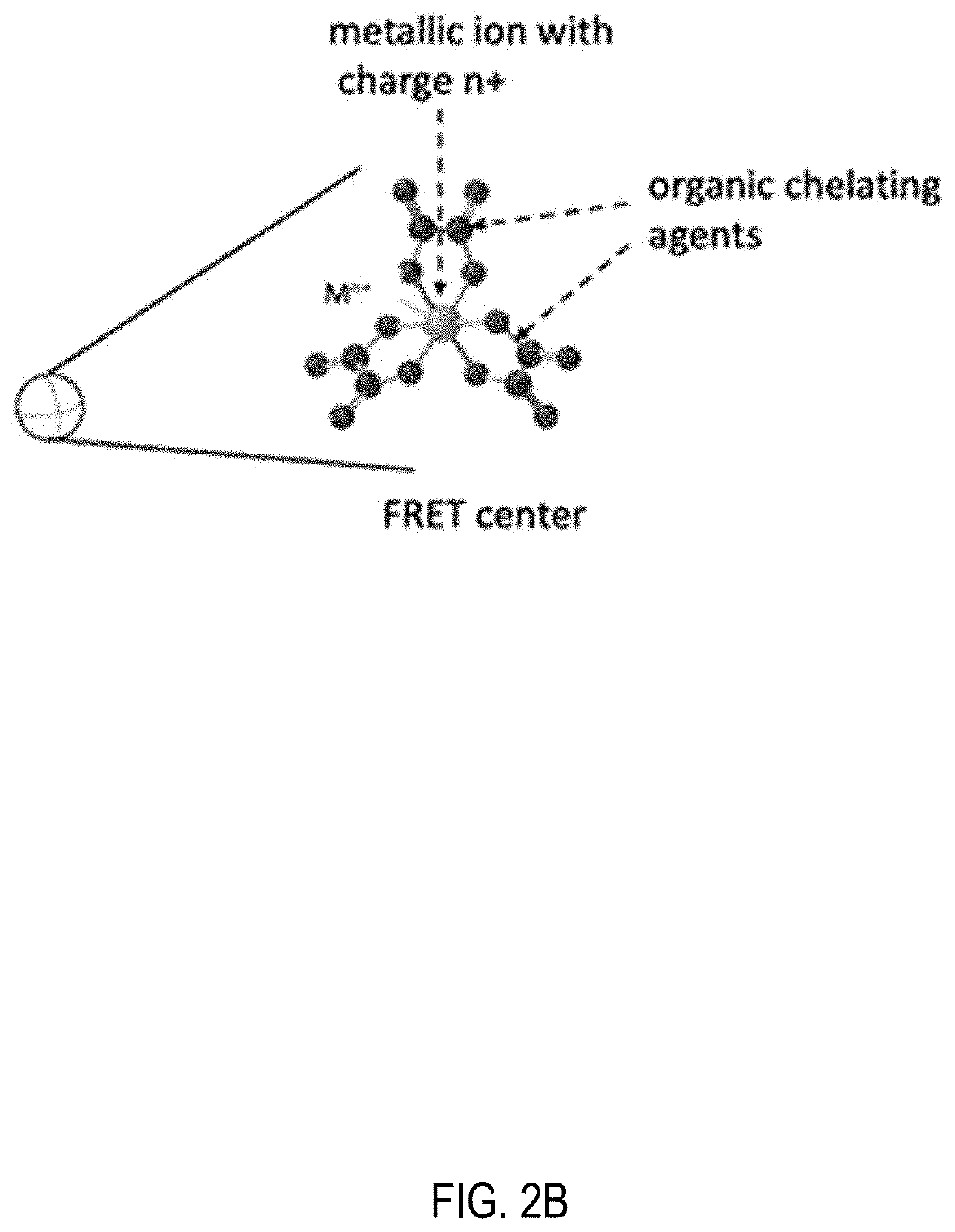Enhanced signal to noise ratios for PCR testing within a fret doped nano-structured ceramic film
a nano-structured ceramic and signal-to-noise ratio technology, applied in the field of nano-structured ceramic films, can solve the problems of limiting usability, high false negative rate (>5%) in disease and genetic testing, and not being free from failures, etc., to achieve enhanced signal, low added noise levels, and favorable substrate
- Summary
- Abstract
- Description
- Claims
- Application Information
AI Technical Summary
Benefits of technology
Problems solved by technology
Method used
Image
Examples
Embodiment Construction
[0017]Referring to the figures, wherein like numeral refer to like parts throughout, the present invention comprises nano-structured ceramic films engineered to provide a favorable substrate for the study of biological samples. As seen in FIG. 1, films according to the present invention have a narrow and ordered pore-size distribution. The nano-structured ceramic films have pore diameters between 50 nm to 400 nm (±10%), which provides high, predictable, amounts of increased surface area (>100 fold over conventional surfaces) and a hydrophilic surface that is superior to glass, thereby offering an ideal environment to study living biological samples.
[0018]The present invention further comprises metal doping compositions that provide fluorescence resonance energy transfer (FRET) capabilities with significant fluorescence signal enhancement and low noise. Enhancement factors greater than 20× are possible (2000% increase in fluorescence over glass substrates) with only minor levels of a...
PUM
| Property | Measurement | Unit |
|---|---|---|
| diameter | aaaaa | aaaaa |
| diameter | aaaaa | aaaaa |
| pore diameters | aaaaa | aaaaa |
Abstract
Description
Claims
Application Information
 Login to View More
Login to View More - R&D
- Intellectual Property
- Life Sciences
- Materials
- Tech Scout
- Unparalleled Data Quality
- Higher Quality Content
- 60% Fewer Hallucinations
Browse by: Latest US Patents, China's latest patents, Technical Efficacy Thesaurus, Application Domain, Technology Topic, Popular Technical Reports.
© 2025 PatSnap. All rights reserved.Legal|Privacy policy|Modern Slavery Act Transparency Statement|Sitemap|About US| Contact US: help@patsnap.com



